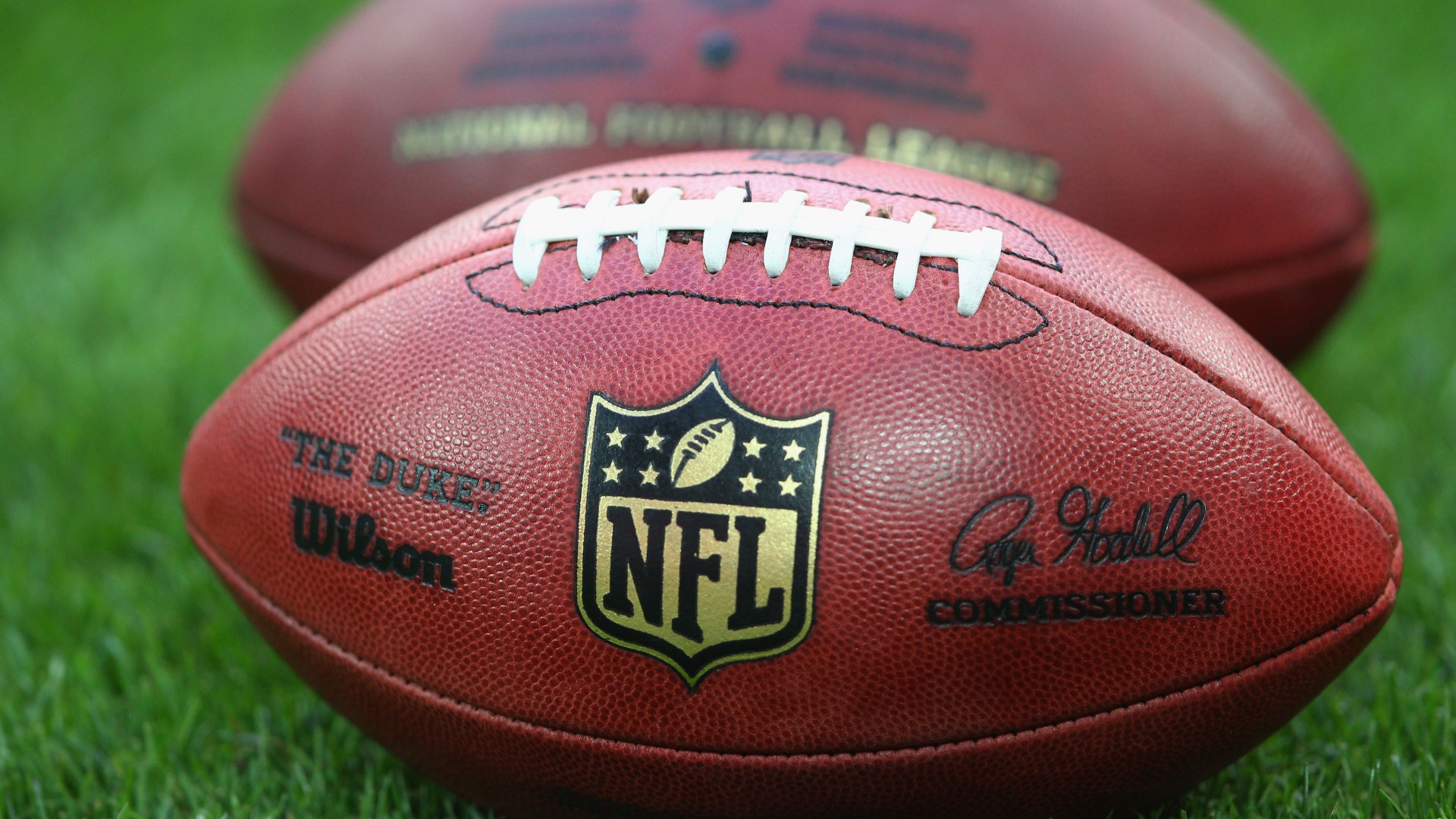
Defying Gravity: The Age of the Late-Career Peak in 2025
For decades, the conventional wisdom in professional sports dictated a clear, often brutal, athletic timeline. Athletes were expected to burst onto the scene in their late teens or early twenties, hit their physical zenith in their mid-to-late twenties, and then, inevitably, begin a gradual decline, often leading to retirement by their mid-thirties. The occasional outlier – a Tom Brady, a Roger Federer, a LeBron James – was celebrated as a genetic marvel, a testament to an almost supernatural longevity.
Yet, as we navigate the landscape of professional sports in 2025, it’s becoming abundantly clear that these "outliers" are no longer mere anomalies. They represent the vanguard of a profound shift, signaling the dawn of the late-career peak. Athletes are not just extending their careers; many are reaching their absolute best, both physically and strategically, well into their thirties and even early forties, redefining what it means to be at the pinnacle of one’s game. This phenomenon is reshaping team strategies, player development pathways, and the very narratives that define sporting greatness.
The Pillars of Prolonged Excellence: Why Now?
The surge in late-career peaks isn’t a happy coincidence; it’s the culmination of a confluence of advancements across various disciplines:
-
Revolutionary Sports Science and Medical Advancements: This is arguably the most significant driver. As of 2025, elite sports organizations operate with bespoke medical teams that are light-years ahead of even a decade ago.
- Personalized Training Regimens: Gone are the one-size-fits-all workout plans. Athletes benefit from highly individualized strength and conditioning programs informed by genetic testing, real-time biomechanical analysis, and advanced physiological monitoring. This ensures optimal load management, minimizing wear and tear while maximizing performance gains.
- Precision Nutrition and Supplementation: Dieticians work hand-in-hand with athletes, crafting meal plans tailored to their metabolic profiles, training intensity, and recovery needs. The understanding of micronutrients, gut health, and targeted supplementation has never been more sophisticated.
- Cutting-Edge Recovery Protocols: From cryotherapy chambers and hyperbaric oxygen therapy to advanced soft tissue manipulation, personalized sleep optimization programs, and sophisticated blood flow restriction (BFR) training, recovery is no longer an afterthought but a science. Athletes are healing faster, more completely, and proactively preventing injuries that once ended careers prematurely.
- Proactive Injury Prevention: The focus has shifted from treating injuries to preventing them. Predictive analytics, motion capture technology, and AI-driven risk assessment tools identify potential vulnerabilities before they manifest as injuries, allowing for targeted prehabilitation exercises and adjustments to training loads.
-
The Maturation of Mental Fortitude and Game IQ: While raw athleticism might wane slightly with age, mental acuity, tactical understanding, and emotional intelligence often reach their zenith in later years.
- Strategic Mastery: Veteran players possess an unparalleled understanding of the game, reading opponents, anticipating plays, and making split-second decisions with greater accuracy. They’ve "seen it all," allowing them to conserve energy and make more impactful contributions.
- Pressure Handling: Years of high-stakes competition forge an unshakeable mental resilience. Older athletes are less susceptible to pressure, performing optimally in clutch moments where younger players might falter.
- Leadership and Mentorship: Their experience isn’t just for personal gain. Many late-peak athletes become invaluable leaders, guiding younger teammates and contributing to team cohesion and strategy beyond their individual statistics.
-
Technological Integration and Data Analytics: The ubiquitous nature of wearable technology and advanced data analytics provides an unprecedented level of insight into an athlete’s body and performance.
- Real-time Monitoring: GPS trackers, heart rate monitors, sleep trackers, and even smart compression garments provide continuous data streams, allowing coaches and medical staff to monitor fatigue levels, recovery status, and subtle changes in performance metrics.
- Performance Optimization: AI-powered analytics can identify patterns, predict optimal performance windows, and suggest micro-adjustments to training or diet for peak output. This data-driven approach removes guesswork and optimizes every facet of an athlete’s regimen.
-
Evolving Professionalism and Financial Incentives: The stakes in professional sports have never been higher, nor have the rewards. Athletes are increasingly treating their bodies as multi-million-dollar enterprises.
- Personal Investment: Many top athletes now employ their own extensive support teams – personal trainers, chefs, therapists, and mental coaches – demonstrating a profound commitment to career longevity.
- Contract Structures: Teams are increasingly willing to offer lucrative, multi-year contracts to proven veterans, incentivizing them to maintain elite performance levels well into their careers.
Icons of the Later Bloom: Who is Peaking in 2025?
While names like Tom Brady and Cristiano Ronaldo remain the archetypes of sustained excellence from the previous decade, the trends observed by 2025 suggest a broader base of athletes now reaching their prime later in their careers.
-
In Football (Soccer): The phenomenon is particularly evident. While Kylian Mbappé and Erling Haaland dominated their early careers, the tactical mastery and sustained goal-scoring prowess of players like Robert Lewandowski (still a prolific scorer in his late thirties as of 2025, demonstrating an unmatched penalty box presence and finishing), and the evergreen midfield artistry of Luka Modrić (who, even past 39, continues to dictate the tempo of top-tier matches with his vision and passing) stand out. Defenders like Thiago Silva (who, at 40+, continues to be a formidable presence in the Premier League, relying on positional intelligence and calm distribution over raw pace) exemplify how experience trumps youthful exuberance in crucial roles. We’re also seeing more strikers, who traditionally relied on explosive pace, evolving their game to become more complete, intelligent attackers in their early to mid-thirties, extending their scoring peaks.
-
In Basketball: LeBron James continues to defy logic, and by 2025, remains a top-tier player, albeit with more strategic load management. However, the broader trend is exemplified by guards like Chris Paul (who, even post-retirement, set a precedent for strategic playmaking and leadership into his late 30s) and forwards like Kevin Durant, who, in their mid-to-late thirties, continue to be offensive juggernauts, having refined their skill sets and learned to play more efficiently. The emphasis on shooting and tactical schemes over pure athleticism allows these veterans to thrive.
-
In Tennis: Novak Djokovic, still dominating Grand Slams into his late 30s as of 2025, serves as the ultimate modern example. His meticulous approach to fitness, diet, and recovery, combined with an unparalleled mental game and tactical versatility, has allowed him to sustain a level of excellence previously thought impossible. His rivals, while younger, often struggle to match his consistent high performance over long tournaments.
-
In Other Sports: The pattern is replicated across disciplines. From baseball pitchers refining their command and off-speed pitches in their late 30s, to endurance athletes understanding their bodies better for sustained performance, the narrative of the "aging" athlete is rapidly being rewritten.
Strategic Implications for 2025 and Beyond:
The proliferation of late-career peaks carries profound implications for the sports industry:
-
Roster Construction and Team Building: Teams are increasingly valuing veteran experience and proven longevity over raw, unrefined potential. The balance between youthful exuberance and seasoned wisdom is shifting. Draft strategies may evolve to focus more on players with the potential for long, sustainable careers, rather than just immediate explosive impact.
-
The Transfer Market and Player Valuation: The concept of an athlete’s "peak value" is being re-evaluated. A player entering their early thirties, once considered past their prime, might now be seen as a prime investment, capable of delivering elite performance for another 5-7 years. This could lead to more robust markets for experienced players.
-
Player Development Pathways: Academies and development programs are adapting, focusing not just on early athletic development but also on instilling habits of comprehensive self-care, injury prevention, and mental resilience from a young age, preparing athletes for careers that could span two decades or more at the elite level.
-
Fan Engagement and Narratives: The sustained excellence of older athletes creates compelling narratives of perseverance, adaptability, and the triumph of experience. Rivalries can endure longer, and fans can follow their favorite players through multiple distinct phases of their careers, deepening their connection to the sport.
The End of the Decline? Not Quite.
While the trend towards late-career peaks is undeniable, it’s crucial to acknowledge that it’s not a universal guarantee. Not every athlete will achieve this. It demands extraordinary discipline, significant financial investment in personal care, access to top-tier resources, and an unwavering mental commitment. Injuries, while mitigated by advancements, remain an inherent risk in competitive sports.
However, as we look around the sporting world in 2025, the traditional "linear decline" model seems increasingly outdated. The age of the athlete is being fundamentally redefined. With science, technology, and an evolving mindset empowering athletes to defy conventional timelines, the most exciting chapters of many careers are now being written not in the early bloom of youth, but in the rich, experienced tapestry of their later years. The game is changing, and so are its greatest players.

